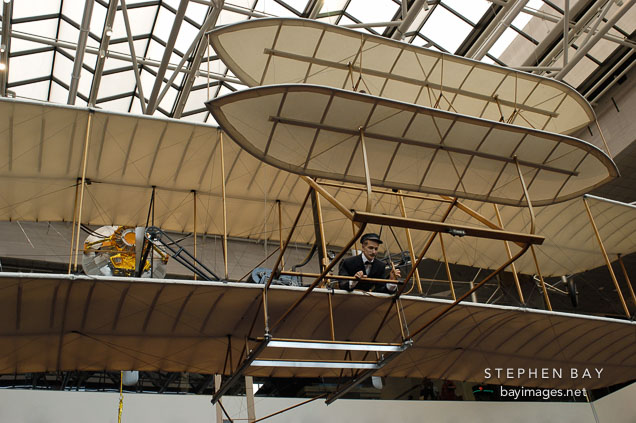In the question Is the location of an aircraft spoiler really that vital? the accepted answer states "Surfaces behind the CoG act as stabilisers, keeping the nose pointing forward. An aeroplane has vertical and horizontal tail surfaces at the back just for this purpose."
I agree that this seems straightforward, to a layman (me). So why then were so many of the first aircraft built 'backwards'. Taking a look at the Wright Flyer
as an example. There are many other examples from the earliest days of aviation. Why did many put the elevators up front, thereby destabilizing the whole thing?



many other examples? $\endgroup$